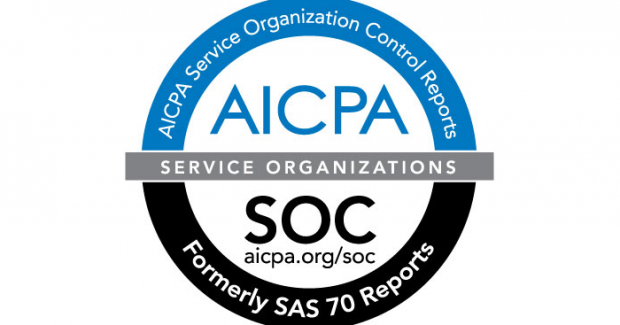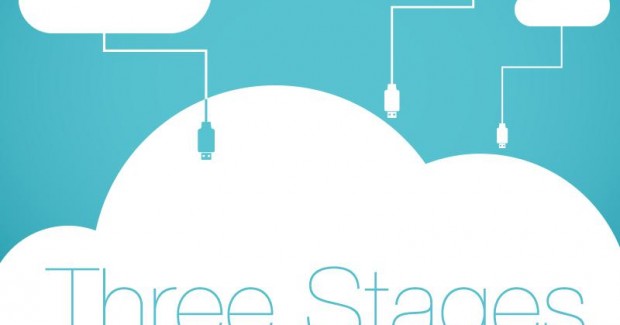October 26, 2015
by Pierre-Luc Dion
Wolverine is one of the most awesome superheroes in the Marvel Universe. It’s not because of his fierceness, the fact that he’s Canadian, or the fact that he has indestructible metal claws coming out of his fists. It’s because no matter what happens to him, no matter what harm he endures, he has a healing factor that lets him come back and continue to fight, time and time again. Wolverine can push bullets out from his wounds to heal, or regenerate from an atomic blast if he has to. He is the ultimate example of resilience and a metaphor for what you want in a cloud application — a...
Continued
October 7, 2015
by Pierre-Luc Dion
Image credit: XKCD
What happened?
Amazon Web Services experienced a service disruption for 8 hours and 33 minutes on Sunday, September 20, 2015, from 2:19 AM PDT to 10:52 AM PDT. The outage, which affected its US-EAST–1 North Virginia location, began with a network disruption that significantly increased error rates on Amazon’s DynamoDB (NoSQL database) service. This led to a cascade whereby some 37 other AWS services would begin to falter and show increased error rates for API requests.
Among these were the AWS SQS (Simple Queue Service), EC2 (Elastic Compute Cloud), CloudWatch (resource...
Continued
October 7, 2015
by Pierre-Luc Dion
Image credit: XKCD
What happened?
Amazon Web Services experienced a service disruption for 8 hours and 33 minutes on Sunday, September 20, 2015, from 2:19 AM PDT to 10:52 AM PDT. The outage, which affected its US-EAST–1 North Virginia location, began with a network disruption that significantly increased error rates on Amazon’s DynamoDB (NoSQL database) service. This led to a cascade whereby some 37 other AWS services would begin to falter and show increased error rates for API requests.
Among these were the AWS SQS (Simple Queue Service), EC2 (Elastic Compute Cloud), CloudWatch (resource...
Continued
August 12, 2015
by Pierre-Luc Dion
cloud.ca, Canada’s cloud Infrastructure as a Service (IaaS), has earned its SOC 2 type 1 certification.
The American Institute of Certified Public Accountants created the SOC (Service Organization Control) reporting platform in order to streamline reporting on accounting practices. While SOC 1 compliance covers business and financial policies, SOC 2 is designed to understand internal controls at a service organization as it relates to the newly instituted Trust Service Principles (TSPs): security, availability, processing integrity, confidentiality and privacy.
SOC 2 compliance is...
Continued
July 17, 2015
by Pierre-Luc Dion
!CloudOps has been helping companies leverage the power of cloud services for nearly as long as cloud services have been around. We were early adopters and evangelists of AWS and open source cloud technologies such as OpenStack, CloudStack and Docker. We understood the value of API-driven, self-service scalable infrastructure, and so did our customers. However, as the industry matured, we kept getting the same question: can I do this in Canada?
For many years the answer was a resounding “no”. And so we built cloud.ca, a regional IaaS and leading contender in the next wave of cloud...
Continued
May 19, 2015
by Pierre-Luc Dion
Previously, I blogged about differences between hosting and cloud on cloudops.com. To continue with the theme of contrasting Infrastructure as a Service (IaaS) cloud to things that are often confused with cloud, in this post I will compare IaaS cloud to virtualization. First off, SaaS can run on cloud, but is not cloud. I am strictly referring to an IaaS cloud.
Cloud is an operational model
I suggest we agree to use the NIST definition for cloud computing. Adopting the technology is not enough. Cloud technology needs to be adopted in a way that allows the users to self-serve. At cloud.ca, we...
Continued
December 4, 2014
by Pierre-Luc Dion
The cloud is a powerful tool for business. Many company leaders are still debating whether or not to even use the cloud, without envisioning how the cloud can shape their long term strategy. This article aims to help resolve this debate by identifying the different stages of the cloud and the objectives that are attainable with each one.
The first phase of cloud use is Optimization. During this period, a company uses the cloud to incrementally improve their internal operations as well as their customer facing value propositions. Currently, this is the stage that many companies are still...
Continued
October 11, 2014
by Pierre-Luc Dion
Cloud computing is a victim of its own success. For one thing, cloud advocates have promised so much—worry-free, turnkey IT that just works— that the reality is bound to disappoint. Worse, clouds seem immune to tough economic times, so nearly every technology company is wrapping itself in a cloud mantle, and every dynamic website is claiming it’s a cloud. We don’t want to get bogged down in definitions, but any discussion of clouds requires a clear understanding of three things:
Cloud technology versus a cloud business model.
Infrastructure-, platform-, and software-as-a-service...
Continued
September 11, 2014
by Pierre-Luc Dion
Cloud computing is a significant shift in the way companies build and run IT resources. It promises pay-‐as-‐you-‐go economics and elastic capacity. Every major change in IT forces IT professionals to “rebalance” their application strategy—just look at client-‐server computing, the web, or mobile devices. Today, cloud computing is prompting a similar reconsidering of IT strategy. But it’s still early days for clouds. Many enterprises are skeptical of on-‐ demand computing, because it forces them to relinquish control over the underlying networks and architectures...
Continued
August 11, 2014
by Pierre-Luc Dion
Since the dawn of computing, there has always been a tension between centralized computing and computing at the edge. Mainframes were centrally managed, but as processing became cheaper; they gave way to minicomputers and servers. One reason for this was the high cost of bandwidth—as Microsoft’s Jim Gray once remarked, “compared to the cost of moving bits around, everything else is free.” So companies ran those servers near end users. This proximity came at a cost, however. The companies bought packaged software, which they tailored to their own needs and ran themselves. That caused...
Continued










